Ancient Greek Inventions & Discoveries Still Used Today
Ancient Greeks developed their technology very consistently and systematically since the 8th c. BC. The main characteristic, which can be recognized throughout their technological achievements, is the intellectual leap forward, linking empirical methods and techniques with science and its laws. The latter created a very significant thrust for further developments and forms essentially the main contribution of Ancient Greeks to the world within the field of Applied Sciences and Technology.
What we are going to share with you today are 15 of the best inventions and discoveries of ancient Greece that are still in use today.
greece
Ancient Greek architecture
The crane
Cranes are the ultimate help when you need to lift heavy objects while constructing a building or transporting supplies from one place to another. Today we can no longer imagine the world of construction without cranes.
But did you know when and who invented it? Archaeologists have found cranes in ancient Greece dating back to the late 6th century B.C. BC, making it another important ancient Greek invention.
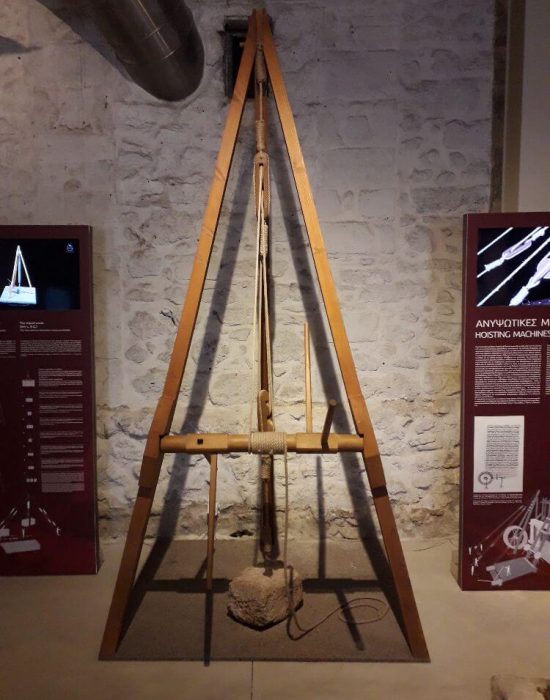
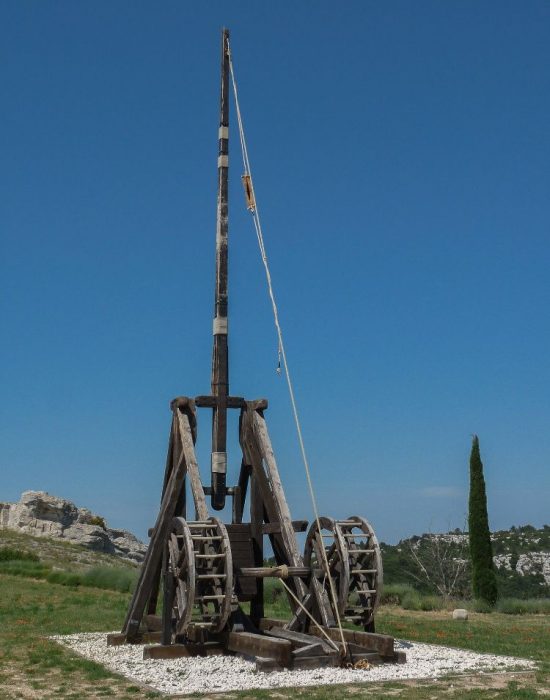
greece
Ancient Greek Military Technology
Catapult
The catapult was probably invented in various places around the same time, including a 4th-century mangonel used in China, and was used by the Greek army in 399 BC. It was introduced into Greece by Dionysius the Elder of Syracuse.
greece
Scientists unravel mechanics of ancient computer
Antikythera mechanism
The device proved to be a very complex astronomical clock, used to predict calendar dates as well as special constellations of the sun and moon – for example, celestial events such as solar and lunar eclipses. In addition, the Babylonian signs of the zodiac and the Olympia cycle as well as the cycles of the five planets known in antiquity could be read on the scales of the clock.
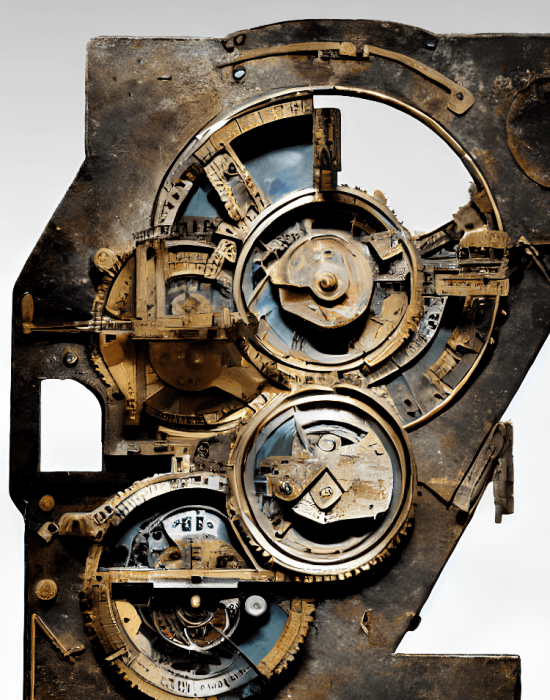
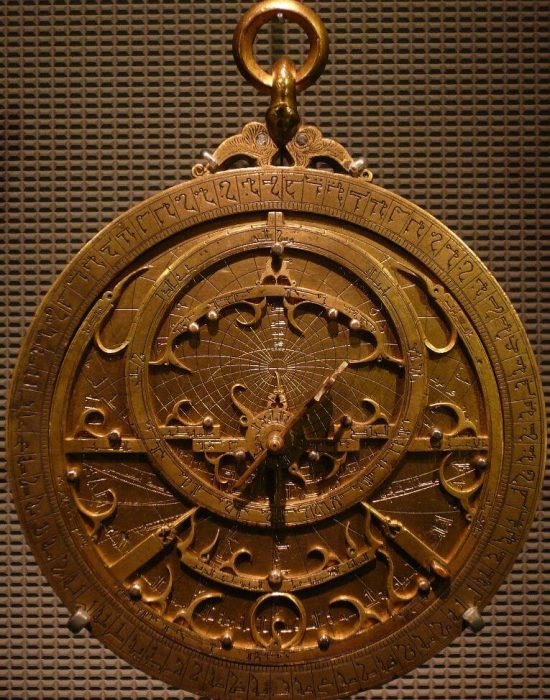
greece
Ancient Greek Astronomy and Cosmology
Astrolabe
The astrolabe is one of the most important inventions of ancient Greece. It is an instrument used to make astronomical measurements such as the Heights of Celestial Bodies.
Its invention is often credited to Claudius Ptolemy, a famous Greek astronomer who lived in the Roman Empire in the 2nd century AD or even earlier Apollonius of Perga between 220 and 150 BC. or until Hipparchus. It was essentially an analog calculator capable of solving various types of problems in astronomy.
In the eighth century, Muslim astronomers introduced angular scales into the design and began using the astrolabe for both navigation and finding the direction of Mecca for daily prayers.
Use by seafarers lasted until the development of reliable mechanical clocks in the 17th and 18th centuries.
greece
Agriculture in ancient Greece
Archimedes' screw
A water screw is a machine for transferring water from a low-lying area into irrigation ditches. Water is pumped by rotating a screw-shaped surface inside a tube. While Archimedes did not invent the screw with his name on it, he did write about the mathematical principles behind it, and that writing led to the screw being attached to his name.
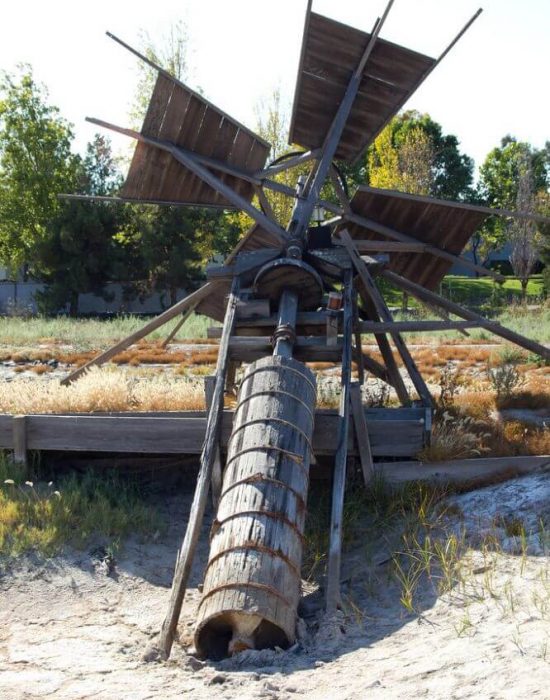
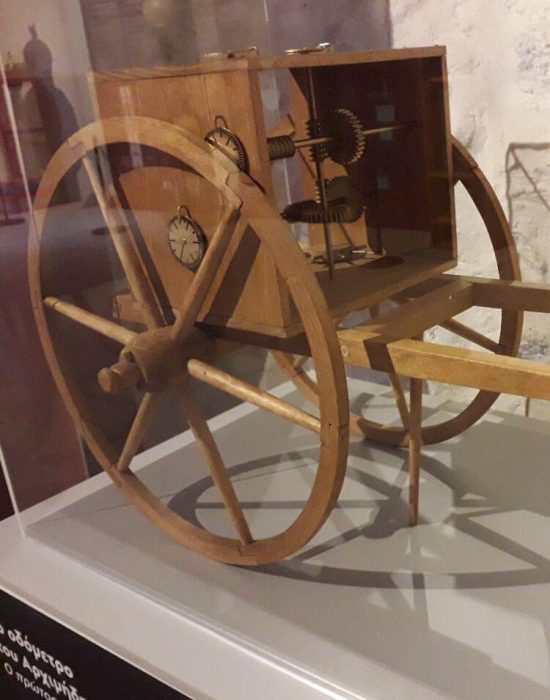
greece
Space measuring
Odometer
First described by Vitruvius in one of his writings, whereby Archimedes of Syracuse was named as the actual inventor. It was used to measure the distance traveled by the wagons and was crucial for road construction and for planning journeys.
greece
Time
The first alarm clock
Plato had a water clock that emitted an unspecified sound signal, which was used at night to signal the beginning of classes at dawn. Ctesibius, the Greek inventor and engineer, added many elaborate alarm systems to his hourglass that could be activated at predetermined times.
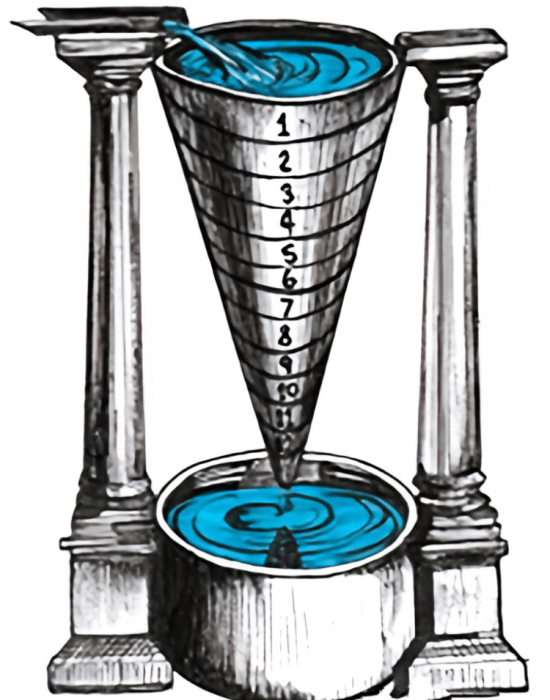
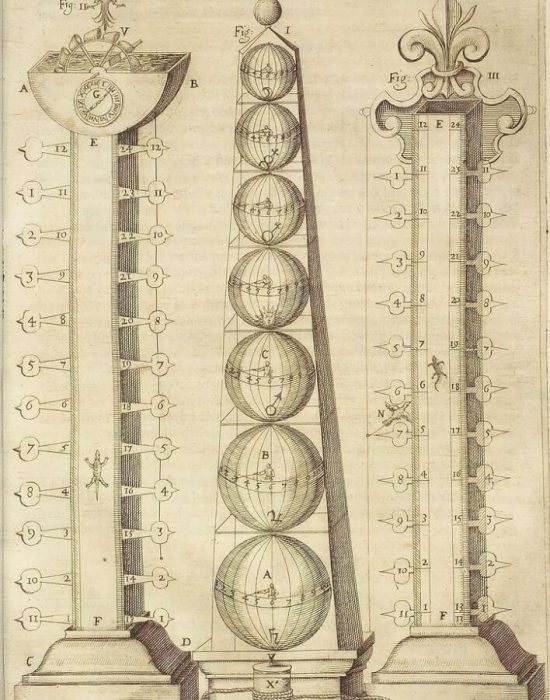
greece
time
Water clock
The water clock known as Clepsydra was invented around 325 BC. Introduced to Ancient Greece. The clock measures time through the regulated flow of fluid in and out of a vessel. The liquid is measured by giving time.
Water clocks are ancient, known to exist in Babylon, Egypt, and Persia around the 16th century BC. However, the Greeks refined this technology and used it to measure a variety of discrete events.
It was used in court cases where lawyers’ times and witnesses’ speeches were measured to ensure everyone spoke for an equal amount of time.
greece
lift heavy objects using the lowest amount of force
The lever
The earliest evidence of a lever comes from the ancient Near East sometime around 5000 BC. They were also used in ancient India and Egypt to lift water and move heavy objects.
However, some of the earliest remaining writings on levers date from the 3rd century BC and were written by. the Greek polymath Archimedes. It was Archimedes who first explained the underlying relationships of force, load, and distance from the fulcrum and provided mathematical principles and laws for the use of levers.
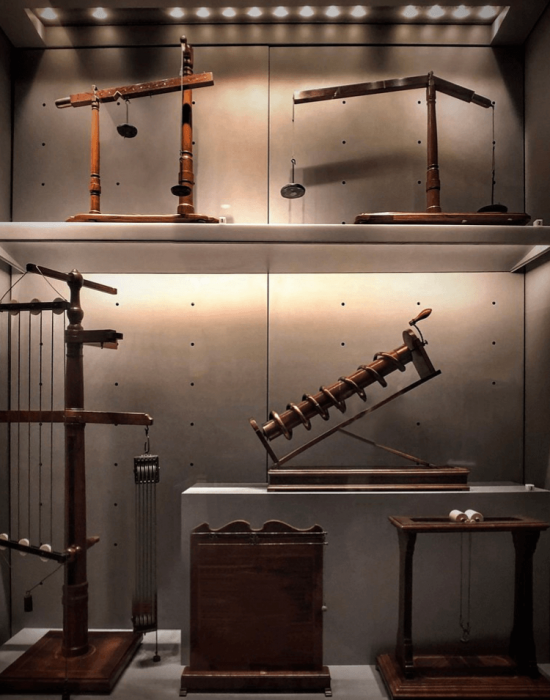

greece
a water-powered mill for grinding grain
Watermills
This invention, which has become indispensable for various processes over the centuries, is probably inspired by the Perachora wheel, which was used in the third century BC. in Greece, probably built by Filone di Bisanzio.
greece
transport piles of small loads
THE WHEELBARROW
It is believed that the wheelbarrow was used in ancient Greece in the form of a one-wheeled cart, which was probably called “hyperteria monokyklou” at the time. A box for a one-wheeled vehicle is mentioned in two writings from Eleusis from the years 408 – 407 and 407 – 406 BC. The words “dikyklos” and “tetrakyklos” also appeared in these writings, meaning a two- or four-wheeled vehicle. The word “hyperteria monokyklou” also appeared between the box for a four-wheeled vehicle and its four wheels.
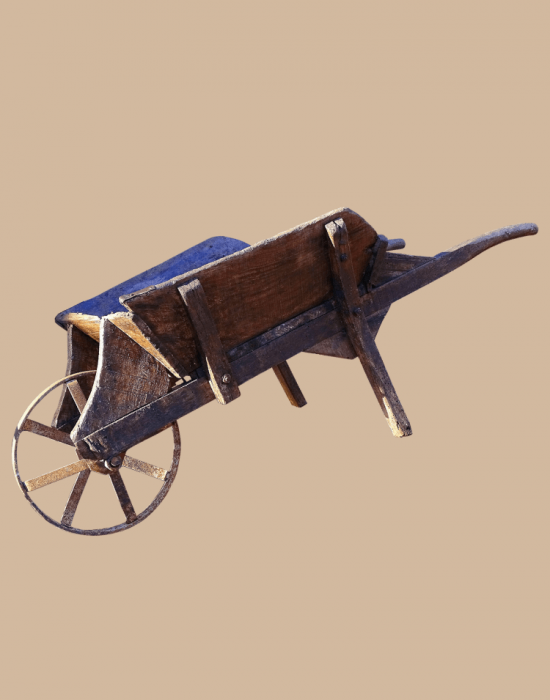
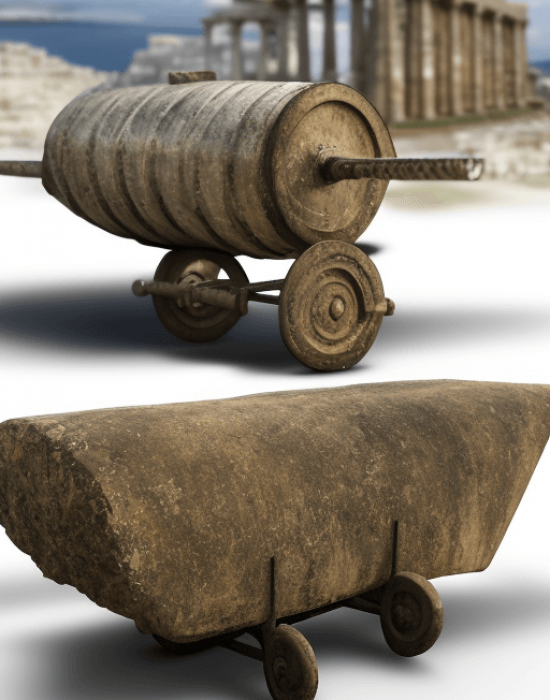
greece
Ancient Greek Military Technology
Ctesibus canon
Ctesibus was the creator of the first canon. He founded pneumatics and was a doctor and inventor. His canon threw projectiles at a target using compressed air, and it greatly influenced the development of ballistas.
greece
The first central heating in human history
central heating
The first central heating in human history is the hypocaust floor heating of antiquity. Hypocaust (sing.) comes from Greek and means “heated from below”. In the 1st century BC, Romans and Greeks heated the pools in public bathhouses (thermal baths) and individual rooms in country villas with comfortable warm air heating.
In a central boiler room below and usually outside the house, a wood or charcoal fire in the kiln heated the air to around 250 °C. From there, the rising warm air was distributed via clay pipes into the cavity under the floor and/or into hollow bricks in the room walls. The structure of the underfloor heating consisted of a lower floor on which approx. 50 cm high brick pillars were distributed. Suspensura slabs and the screed were laid on the pillars.
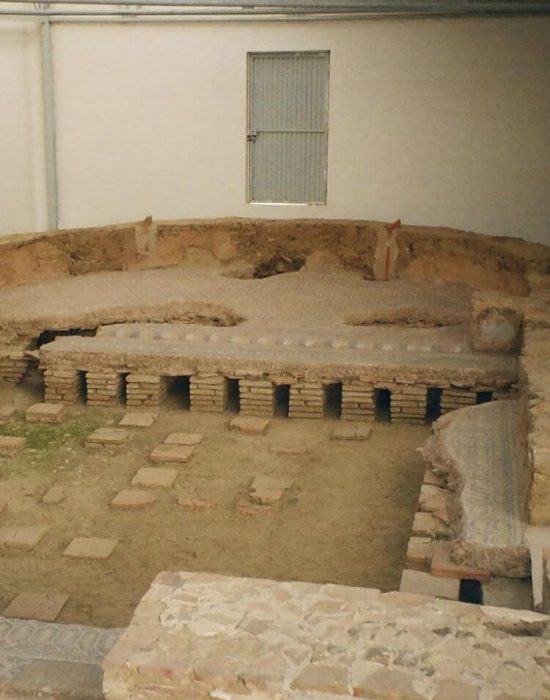

greece
water bridge
Aqueduct (bridge)
With the Greeks, water became a cult object in the form of spring sanctuaries or the use of water for the purpose of cultic purification. The Minoans most likely used aqueducts for the first time around 2000 BCE. The Minoans created an irrigation system that included multiple aqueducts and was at the time quite sophisticated.
greece
Ancient Greek architecture
Theatre
Today, watching a play, film or musical is an important source of entertainment for people all over the world. However, did you know that theater as we understand it today? introduced by the ancient Greeks?
An early form of drama arose in Greece around the 6th century BC. Although theater in India may have preceded this, it is the Greek version that influenced the later development of theater in the West.
Greek playwrights also created plays in a variety of genres, including tragedy, comedy, and satire, and many of the plays they wrote are still relevant today and have helped shape modern Western culture.
The ancient Greeks also built theaters that could seat hundreds or thousands of people.
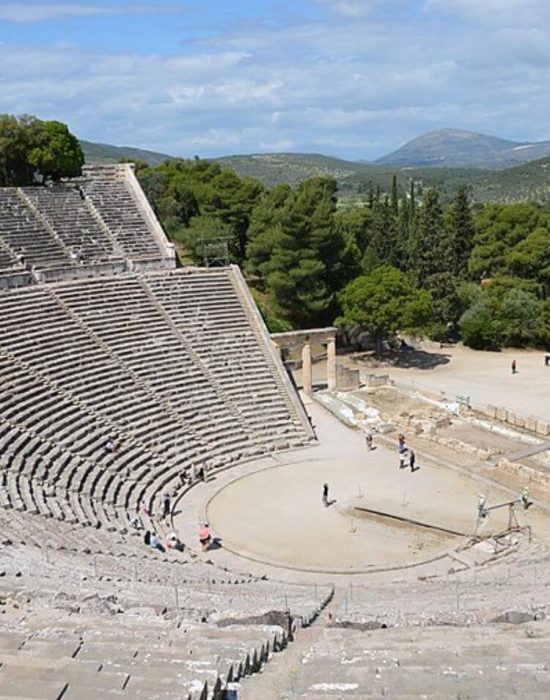
Reviews
other inventions of ancient Greeks
The inventions of the Greeks do not end here
- Heron’s “static” automatic theater of Heron
- The automatic servant of Philo(the first working robot in history)
- The movable, automatic theater of Heron(the self-propelled puppet theater of the ancient Greeks)
- The hydraulic clock of Ktesibios
- Dionysius’ rapid-fire catapult
- Hydraulics of Ktesibios(the first keyboard musical instrument in history)
- The hydraulic automaton of the “chirping birds” and the “returning owl”
- The magic (automatic) fountain of Heron(a “restless” vessel that breaks the laws of hydrostatics)
- Philo’s intelligent wine jug(the first “smart” application for home use in history)
- An angel stretcher for Philo(the first great slingshot in history)
- The Aeolian Ball of Heron(the first steam engine in human history)
- Dioptra of Heron(a theodolite and level from the past).
- Heron fire pump. (the first pressure pump with pistons in human history)
- The machine for making nuts of the Heron(the first tap in history)
- The coin-operated vending machine(the first vending machine in history)
- The hoist with three masts(humanity’s first vertical hoist)
- Hyplex(the first athletic mechanism in history)
- The “hydraulic telegraph” of Aeneas(the first telecommunications device in the world)
- The flying dove of Archytas(humanity’s first automatic flying machine)
- Heron pantography(the first tool for copying, enlarging, and reducing in human history)
- Wind-powered hydraulics(the first use of wind energy worldwide)
- Heron’s “static” automatic theater of Heron
- The automatic servant of Philo (the first working robot in history)
- The movable, automatic theater of Heron (the self-propelled puppet theater of the ancient Greeks)
- The hydraulic clock of Ktesibios
- Dionysius’ rapid-fire catapult
- Hydraulics of Ktesibios (the first keyboard musical instrument in history)
- The hydraulic automaton of the “chirping birds” and the “returning owl”
- The magic (automatic) fountain of Heron (a “restless” vessel that breaks the laws of hydrostatics)
- Philo’s intelligent wine jug (the first “smart” application for home use in history)
- An angel stretcher for Philo (the first great slingshot in history)
- The Aeolian Ball of Heron (the first steam engine in human history)
- Dioptra of Heron (a theodolite and level from the past).
- Heron fire pump. (the first pressure pump with pistons in human history)
- The machine for making nuts of the Heron (the first tap in history)
- The coin-operated vending machine (the first vending machine in history)
- The hoist with three masts (humanity’s first vertical hoist)
- Hyplex (the first athletic mechanism in history)
- The “hydraulic telegraph” of Aeneas (the first telecommunications device in the world)
- The flying dove of Archytas (humanity’s first automatic flying machine)
- Heron pantography (the first tool for copying, enlarging, and reducing in human history)
- Wind-powered hydraulics (the first use of wind energy worldwide)
- The Tetrantas of Hipparchus (Quadrant) (the first latitude finding tool for everyday use worldwide)
- Philo’s automatic chalice (the first self-regulating water level control tank in the world)
- The cup of Pythagoras (the first application of the axial siphon worldwide)
- The horizontal sundial (the spider of Eudoxus and Patrocles’ Pelekinos)
- The hollow sphere cut through – the sundial (the sundial of Aristarchus)
- The torch stations of Polybius (the first method of encrypting telecommunications worldwide)
- Kinematic geometric mechanisms (Plato’s tool for doubling the cube, Nicomedes’ tool for dividing an angle, Eratosthenis’ mesolabium, Proclus’ ellipsograph)
- The monochord of Pythagoras (the first scientific musical instrument worldwide)
- The City (Polis) (the forerunner of chess)
- The Bow-Lathe: The Ostomachion of Archimedes (the first jigsaw puzzle in human history)
- Encrypted (or Laconic) Staff The cryptographic disc of Aeneas
- A two-part wax tablet called Mycenaean looms (Penelope’s web)
- The “winds” of Archimedes (the strongest winds of antiquity)
- The “Plinthis” (clay block) of Hipparchus The four cubit-long Dioptra of Archimedes

